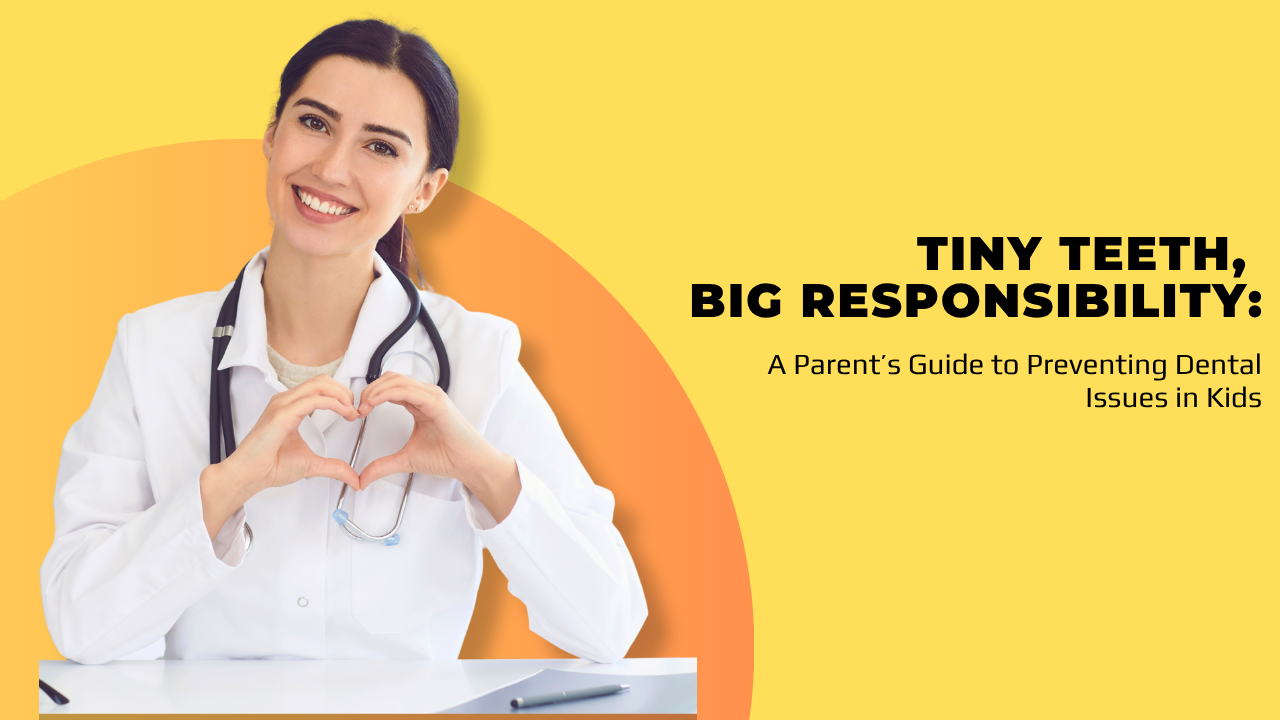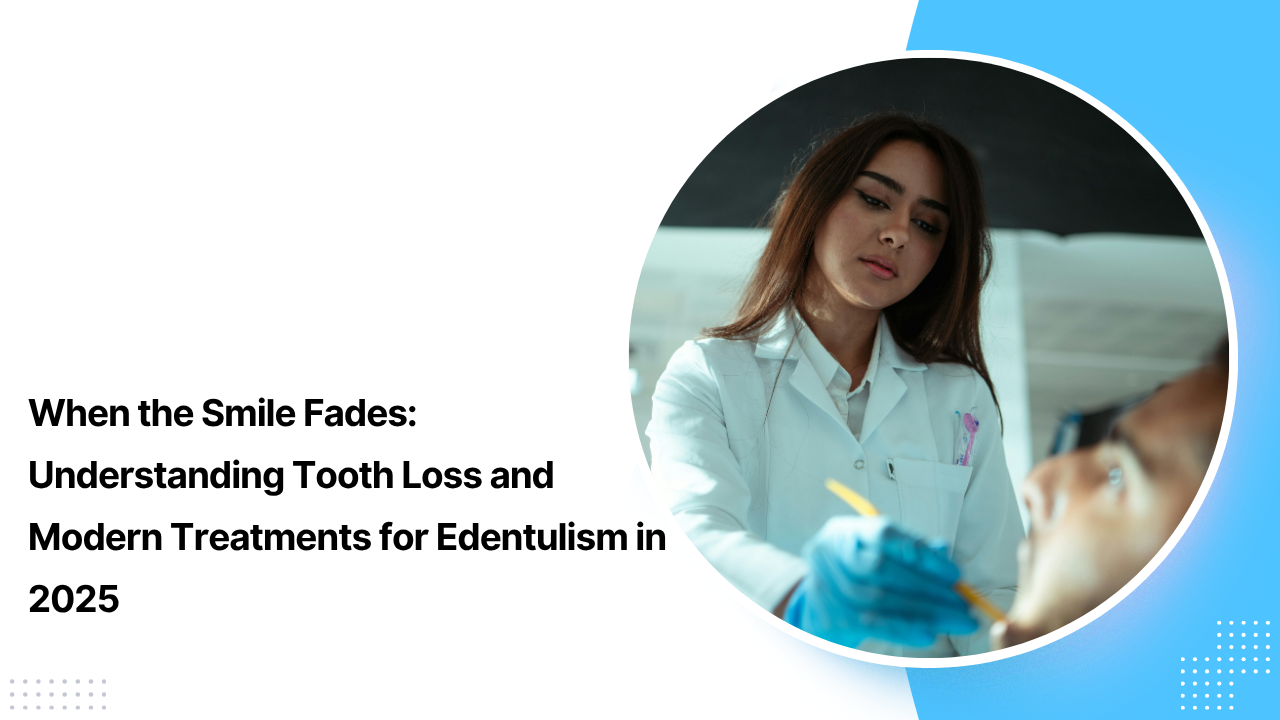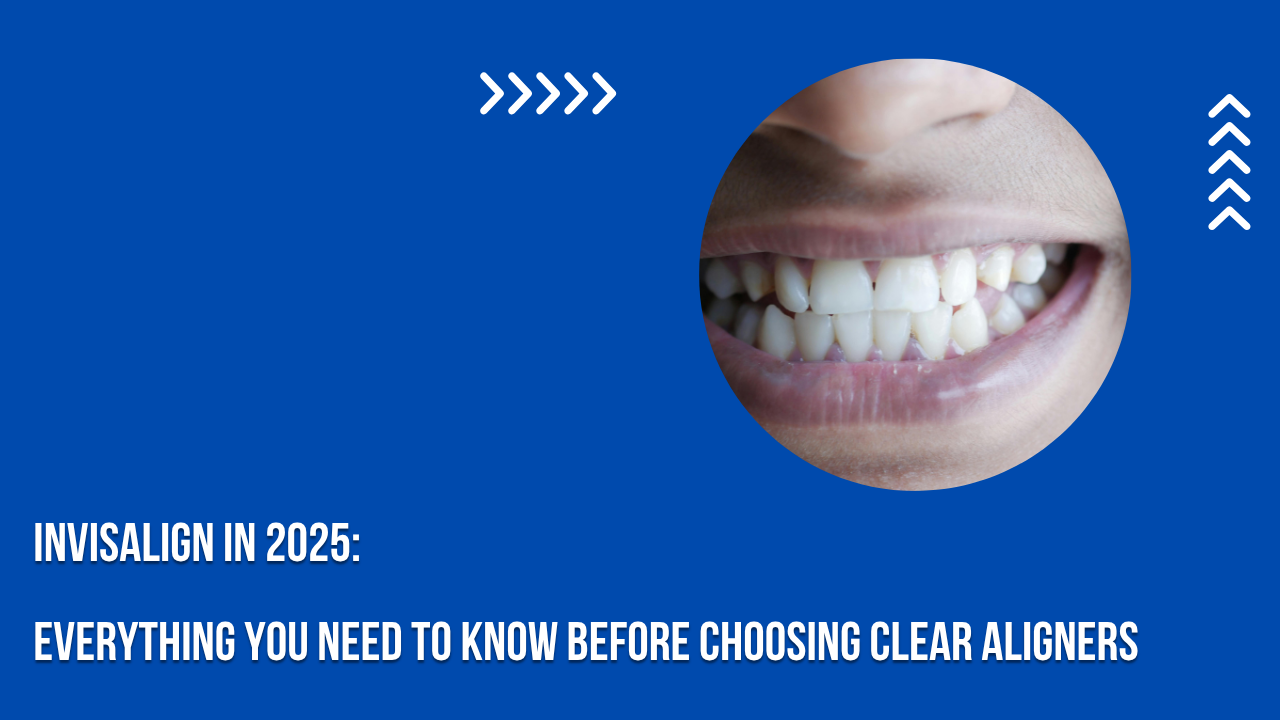Children’s smiles are invaluable. However, behind those adorable grins are growing teeth that need ongoing care, attention, and vigilance. Sadly, many parents don’t realize until it’s too late that common dental issues in children can start earlier than expected—and often, they can be prevented.
From sugary treats to missed brushing sessions, kids face many risks that can harm their oral health. While it’s tempting to think baby teeth aren’t very important, the reality is that what happens during these early years sets the stage for a lifetime of dental health.
So, what are the most frequent dental problems in children? What causes them? And most importantly, how can you protect your child’s smile for the future? Let’s take a closer look.
The Early Years: Why Children’s Teeth Are More Susceptible
Although baby teeth are temporary, they play essential roles in:
– Guiding the proper alignment of permanent teeth
– Helping develop clear speech
– Supporting effective chewing and nutrition
– Enhancing self-confidence and social skills
Children’s enamel is still forming and is softer and less dense than adult enamel, making it more vulnerable to damage, wear, and decay. Combine this with inconsistent brushing habits, sugary snacks, and busy lifestyles, and it’s clear why dental problems can arise quickly.
The Most Common Dental Issues in Children Today
1. Tooth Decay (Cavities)
Tooth decay is the most prevalent problem—and understandably so. Almost half of kids aged 6 to 11 have experienced at least one cavity in their baby or adult teeth.
What causes it? Decay occurs when plaque (a sticky layer of bacteria) interacts with sugars from food and drinks, creating acid that breaks down tooth enamel.
Why it’s a concern:
If untreated, decay can cause pain, infections, or abscesses.
It may disrupt eating, sleeping, and school performance.
Losing a baby tooth too early can impact the growth of permanent teeth.
Main causes:
Frequent snacking on sugary foods
Poor brushing and flossing habits
Drinking sugary beverages from bottles or sippy cups, especially before bedtime
2. Gum Problems and Gingivitis
Though often linked to adults, children can also develop gum disease. Inadequate brushing and plaque buildup can inflame the gums.
Typical symptoms:
Red, swollen, or bleeding gums
Bad breath
Discomfort when brushing or eating
Long-term risk: If untreated, gum disease in young children can worsen and lead to more serious gum issues later on.
3. Enamel Erosion
Kids today consume more acidic drinks (such as citrus juices, sodas, and packaged juices), which gradually wear away enamel.
Signs to watch for:
Sensitivity to hot or cold foods
Teeth that appear thinner or yellowed
Cracked or flattened chewing surfaces
Unlike cavities caused by bacteria, enamel erosion results from prolonged acid exposure. Once enamel is lost, it cannot regenerate.
4. Teeth Grinding (Bruxism)
Often unnoticed initially, many children grind their teeth during sleep or stressful times.
Possible effects:
Jaw pain and headaches in the morning
Worn enamel
Chipped or flattened teeth
Causes may include teething discomfort, stress, bite problems, or allergies. Persistent grinding should be evaluated by a dentist, especially if it impacts daily life.
5. Orthodontic Issues: Misalignment & Crowding
Not all children develop perfectly aligned teeth. Misalignment can result from:
Thumb-sucking or pacifier use beyond age 3
Early loss of teeth due to decay or injury
Genetic factors
Poor alignment can affect chewing and speech, and may require orthodontic treatments like braces or aligners in the future.
6. Premature Tooth Loss
Losing a baby tooth too early—whether from decay or injury—can cause adjacent teeth to shift into the empty space. This can disrupt the proper eruption of permanent teeth, leading to crowding or crooked teeth.
Impact on oral health:
May require space maintainers
Increases chances of needing orthodontic treatment
Can affect chewing and speech development
Prevention: The Best Dental Care Is the One You Never Have to Undergo
The good news? Most dental problems can be avoided—or greatly reduced—through regular care and healthy habits. Here’s how:
1. Start a Solid Oral Hygiene Routine Early
Healthy habits should begin well before the first tooth appears.
– Infants: Wipe gums with a soft, damp cloth after feedings.
– Toddlers (with teeth): Brush with a small, soft-bristled toothbrush and a rice-sized amount of fluoride toothpaste.
– Children over 3: Use a pea-sized amount of fluoride toothpaste and teach them to spit it out rather than swallow.
– Supervise brushing until about age 7 or 8, as children may not have the coordination to brush effectively on their own.
Begin flossing as soon as two teeth touch. Make brushing enjoyable and rewarding instead of a chore.
2. Nutrition Counts: Less Sugar, Healthier Teeth
– Limit how often your child snacks, since eating lowers mouth pH and creates acidity.
– Avoid sticky, chewy sweets and fruit snacks that stick to teeth.
– Opt for water instead of juice or soda; even 100% fruit juice contains natural sugars and acids.
– Include calcium-rich foods like cheese, yogurt, and almonds to help strengthen teeth.
A balanced diet low in processed sugars supports both oral health and overall growth.
3. Use Fluoride and Sealants
Fluoride helps strengthen tooth enamel and greatly lowers the risk of cavities.
– Use fluoride toothpaste from the beginning.
– Ask your dentist about professional fluoride varnish treatments.
– Dental sealants are protective coatings applied to molars and premolars to prevent food and bacteria from getting trapped in grooves.
Sealants can cut the risk of cavities on back teeth by up to 80%.
4. Make Dental Visits Routine, Not Just for Problems
Many parents wait until there’s an issue, but regular dental checkups are essential for prevention.
– Schedule your child’s first dental visit by age one or within six months of their first tooth.
– Visit the dentist every six months or as advised.
– These appointments help catch problems early, educate parents, and build a positive attitude toward dental care.
5. Gently Address and Prevent Harmful Habits
– Discourage thumb-sucking or pacifier use after age 3.
– Teach children not to chew on pencils, nails, or ice.
– If you notice teeth grinding, consult your dentist for guidance.
– If a tooth is lost prematurely or there’s trauma, your dentist may suggest a space maintainer to keep teeth properly aligned.
Parent-Friendly Dental Care Checklist
Here’s a quick glance at your child’s preventive dental care essentials:
| Age Group | Dental Needs |
| 0–1 years | Gum cleaning, first dental visit |
| 1–3 years | Brushing with fluoride, dietary monitoring |
| 3–6 years | Full brushing routine, flossing introduction, thumb/pacifier weaning |
| 6–12 years | Sealants on molars, alignment checks, continued fluoride use |
| 12+ years | Wisdom tooth monitoring, hygiene independence, orthodontic evaluations |
Cultivating Lifelong Healthy Habits
Raising a child is a journey, and so is maintaining their oral health. What might seem like an occasional candy treat or a missed brushing session can lead to bigger problems later on. But there’s no need to worry—it just means you need to be proactive.
Oral health is one of the simplest and most effective areas of a child’s well-being to manage with regular care. The earlier these habits start, the more naturally they become part of daily life.
From the first tooth to the last wisdom tooth, every phase of your child’s smile is important.
Final Thought
Taking care of children’s teeth isn’t just about brushing and flossing—it’s about raising awareness, establishing good routines, and collaborating closely with your pediatric dentist to prevent potential issues.
As parents, guardians, or caregivers, your role in a child’s dental health is far more significant than any toothbrush or toothpaste. With the right knowledge and steady care, you’re not only protecting their smile—you’re strengthening their future.




